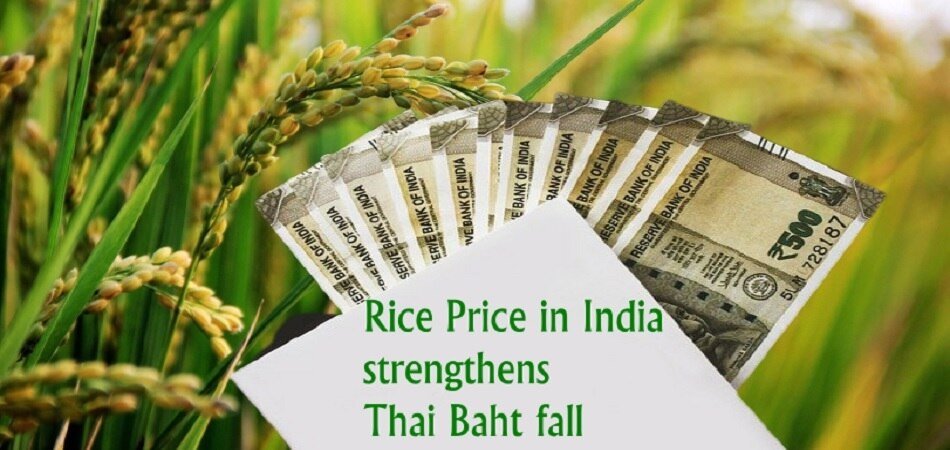Rice prices in India have reached high as the Rupee strengthens; Thai Baht fall
Rice export prices in India rose to their highest level in nearly three months this week as the rupee strengthened amid a supply shortage, while higher shipping costs and a weaker baht pushed Thai rates lower.
This week, India’s 5% broken parboiled variety was quoted at $362 to $365 per tonne, its highest since late July, and up from $360 to $363 per tonne last week.
Also Read: Center investigates allegations that unapproved GM rice was exported
‘Prices have risen slightly due to the rising rupee. Demand is there, but supply is limited,’ said an exporter based in Kakinada, Aandhra Pradesh’s southernmost state.
The rupee was trading near its highest level in two weeks, reducing returns from overseas sales for traders in the world’s largest exporter of the staple.
Thai prices are falling
Thailand‘s 5% broken rice prices fell to $385–$390 per tonne on Thursday, down from $385–$420 per tonne the previous week, with traders attributing the drop to currency fluctuations amid moderate demand.
According to a rice trader, lingering concerns about the high cost of shipping pose a significant challenge for Thai rice exporters.
‘Demand has been muted because shipping rice is extremely difficult due to the high cost. Because of this logistical issue, buyers are turning to our competitors, whose prices are more appealing,’ said the same trader.
Another trader stated that more rice supplies are expected at the beginning of November, which could put additional pressure on prices.
Activities in Vietnam are picking up
Meanwhile, Vietnam’s 5% broken rice price remained unchanged from a week ago at $430–$435 per tonne. ‘Export activities are picking up steam now that most coronavirus movement restrictions have been lifted,’ a trader in Ho Chi Minh City said.
Also Read: Rice farmers concern about low MSP, selling less of their produce in APMC
Farmers in Bangladesh have increased rain-fed rice cultivation this year, spurred on by favorable weather and higher prices for the staple in domestic markets.


















Add Comment